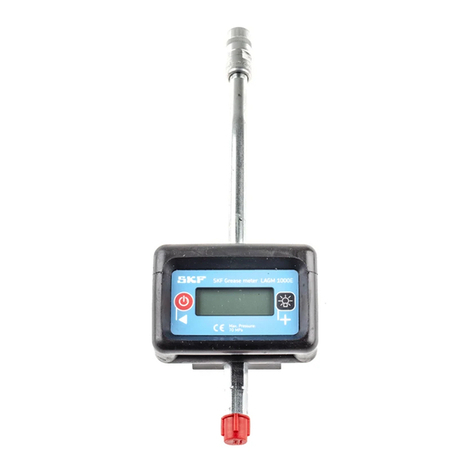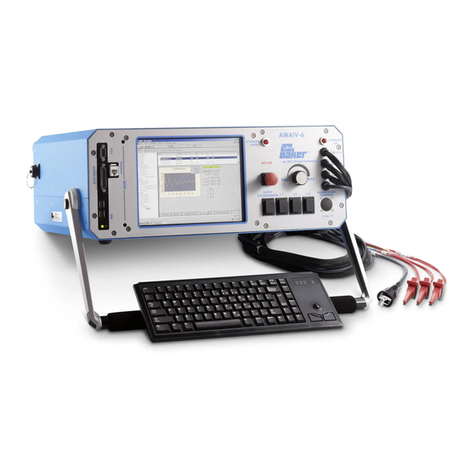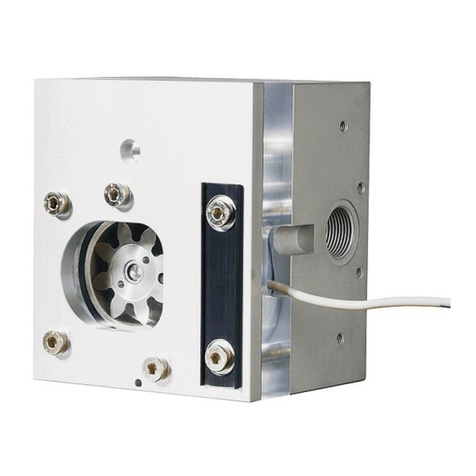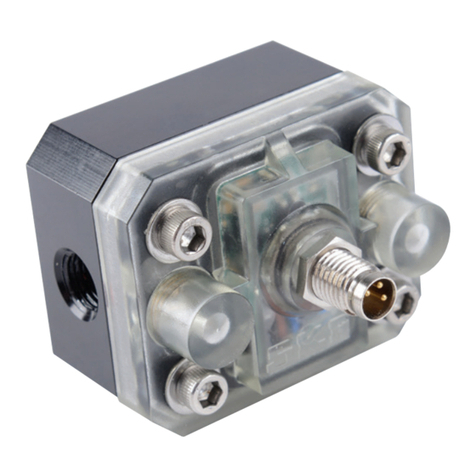SKF TKSU 10 User manual
Other SKF Measuring Instrument manuals
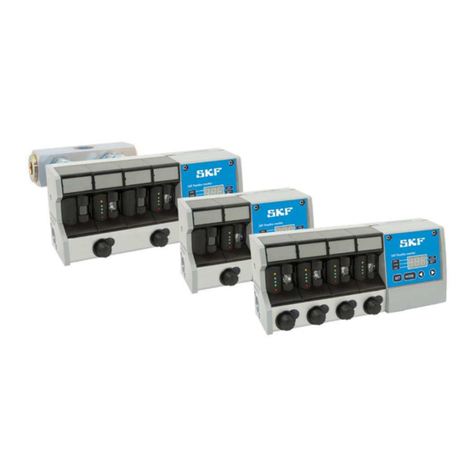
SKF
SKF FL15 Manual
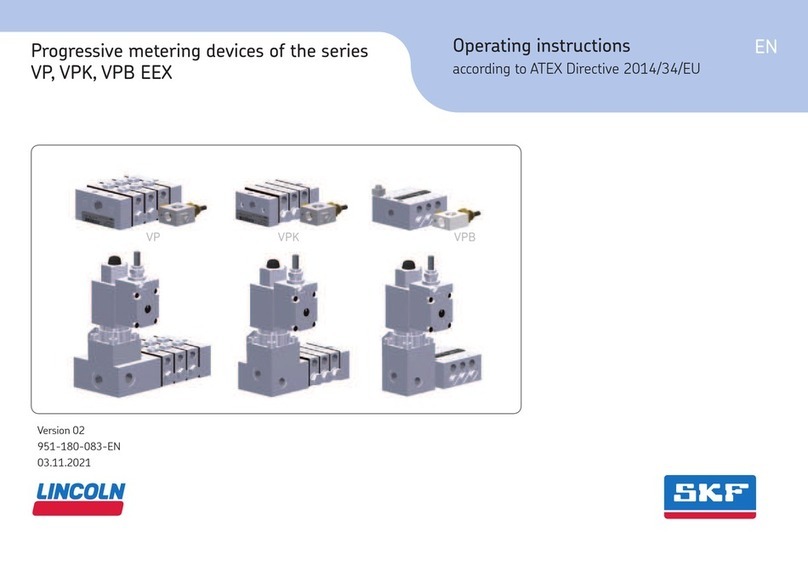
SKF
SKF LINCOLN VP Series User manual
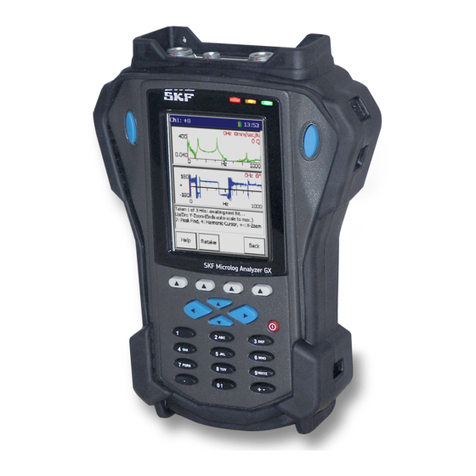
SKF
SKF Microlog GX Series User manual
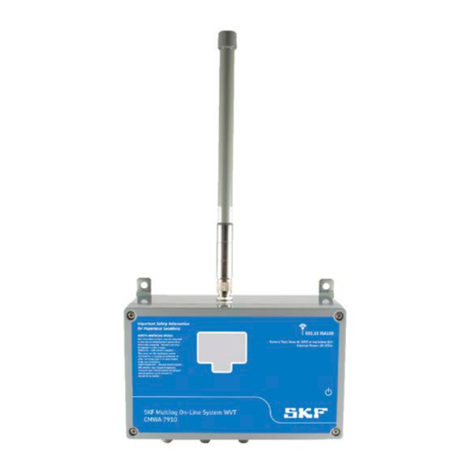
SKF
SKF On-line System WVT User manual
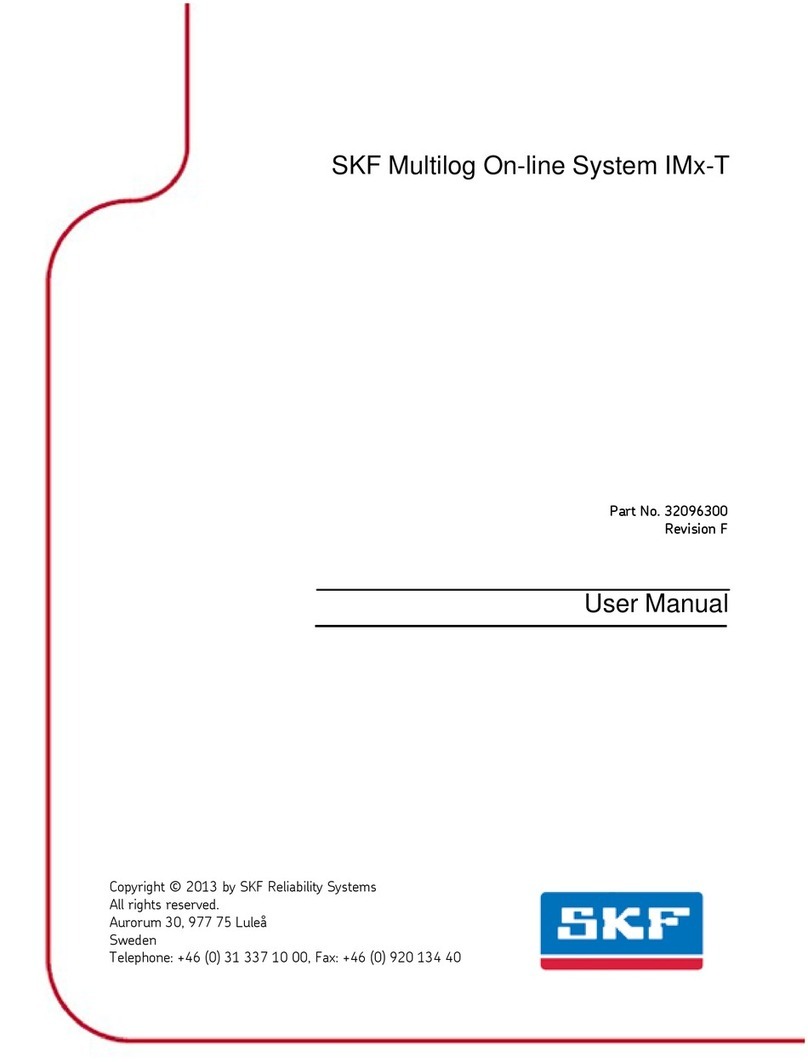
SKF
SKF Multilog On-line System IMx-T User manual
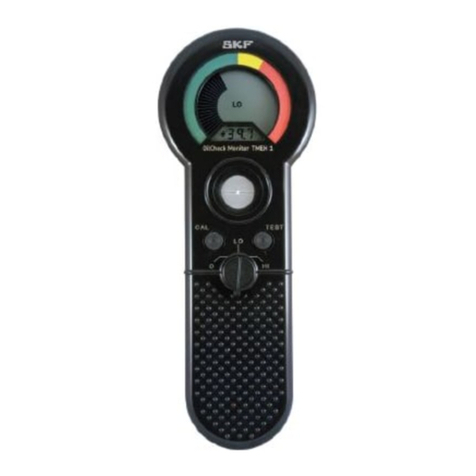
SKF
SKF TMEH 1 User manual

SKF
SKF TMSP 1 User manual

SKF
SKF 15V-090-00102-200 User manual

SKF
SKF TKRT 10 User manual
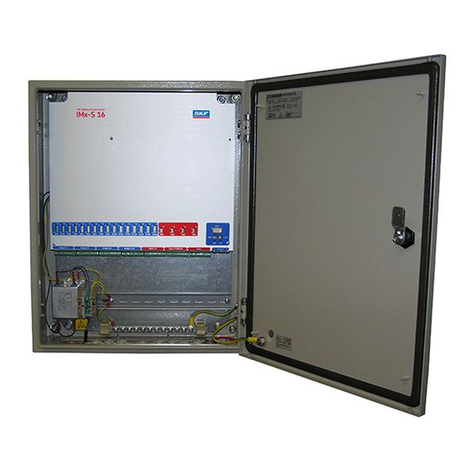
SKF
SKF Multilog IMx-S Series User manual
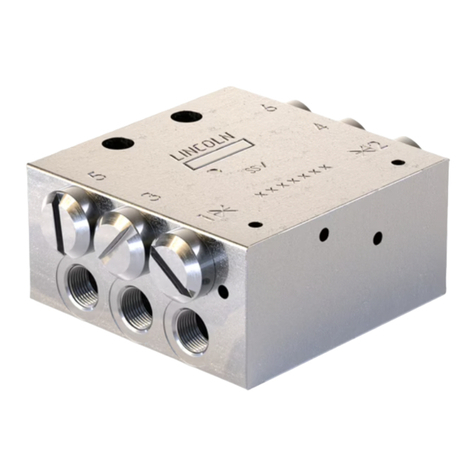
SKF
SKF Lincoln SSV EEX Series User manual
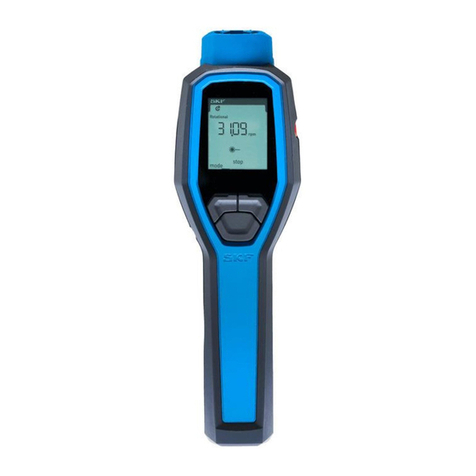
SKF
SKF TKRT 21 User manual

SKF
SKF PHL FM 10/400 User manual
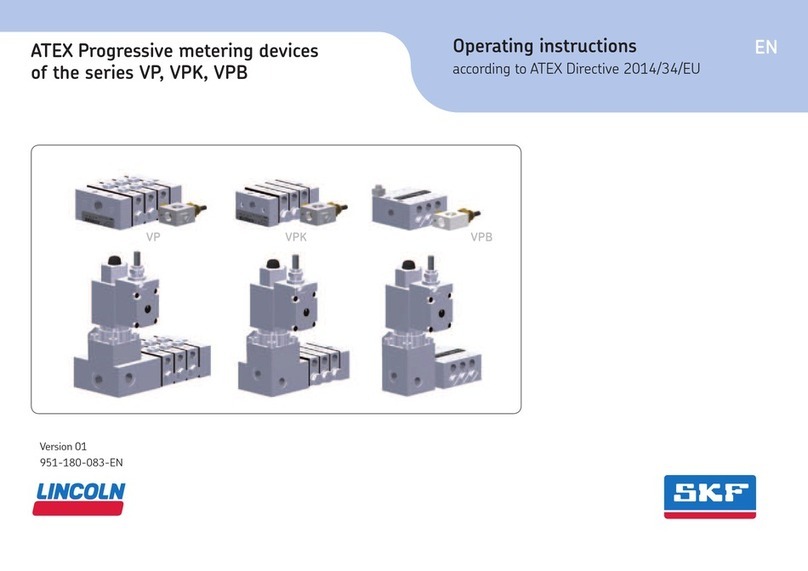
SKF
SKF VP Series User manual
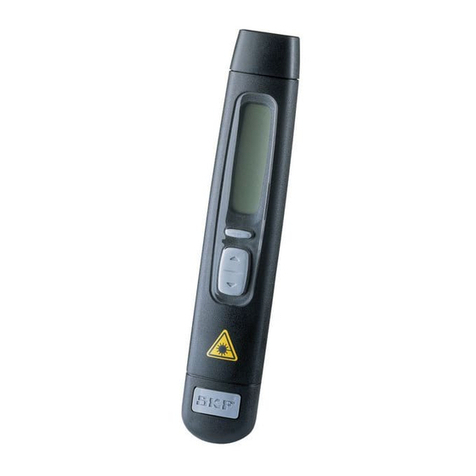
SKF
SKF TMRT 1 User manual
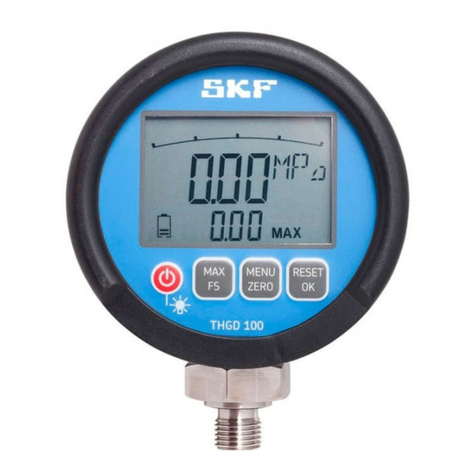
SKF
SKF THGD 100 User manual
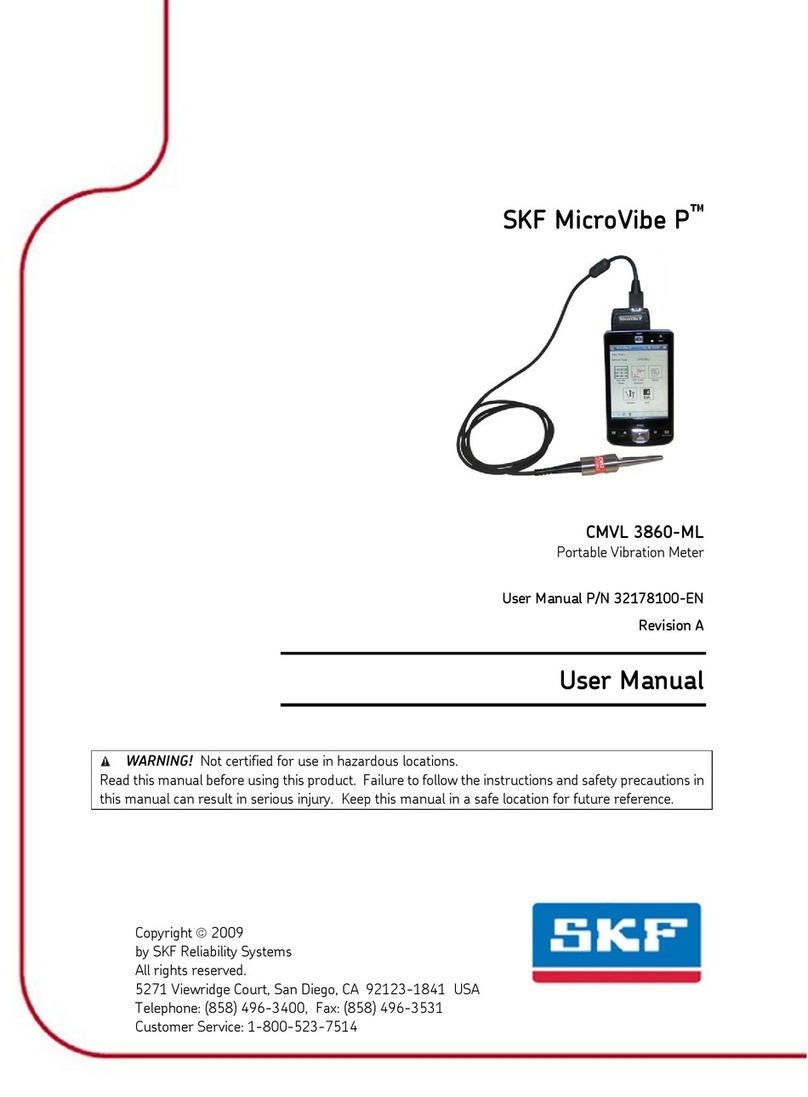
SKF
SKF MicroVibe P CMVL 3860-ML User manual

SKF
SKF TKSA 60 User manual
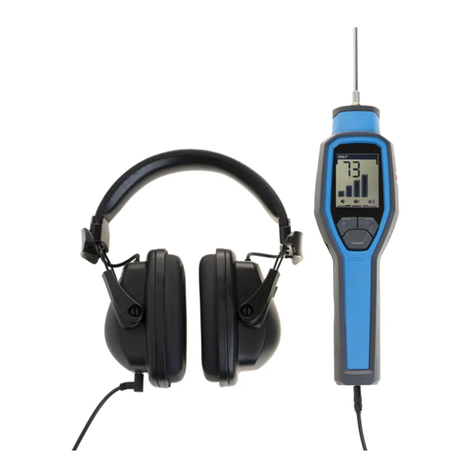
SKF
SKF TKST 11 User manual

SKF
SKF TKRT 10 User manual
Popular Measuring Instrument manuals by other brands

Powerfix Profi
Powerfix Profi 278296 Operation and safety notes

Test Equipment Depot
Test Equipment Depot GVT-427B user manual

Fieldpiece
Fieldpiece ACH Operator's manual

FLYSURFER
FLYSURFER VIRON3 user manual

GMW
GMW TG uni 1 operating manual

Downeaster
Downeaster Wind & Weather Medallion Series instruction manual

Hanna Instruments
Hanna Instruments HI96725C instruction manual

Nokeval
Nokeval KMR260 quick guide

HOKUYO AUTOMATIC
HOKUYO AUTOMATIC UBG-05LN instruction manual

Fluke
Fluke 96000 Series Operator's manual

Test Products International
Test Products International SP565 user manual

General Sleep
General Sleep Zmachine Insight+ DT-200 Service manual
